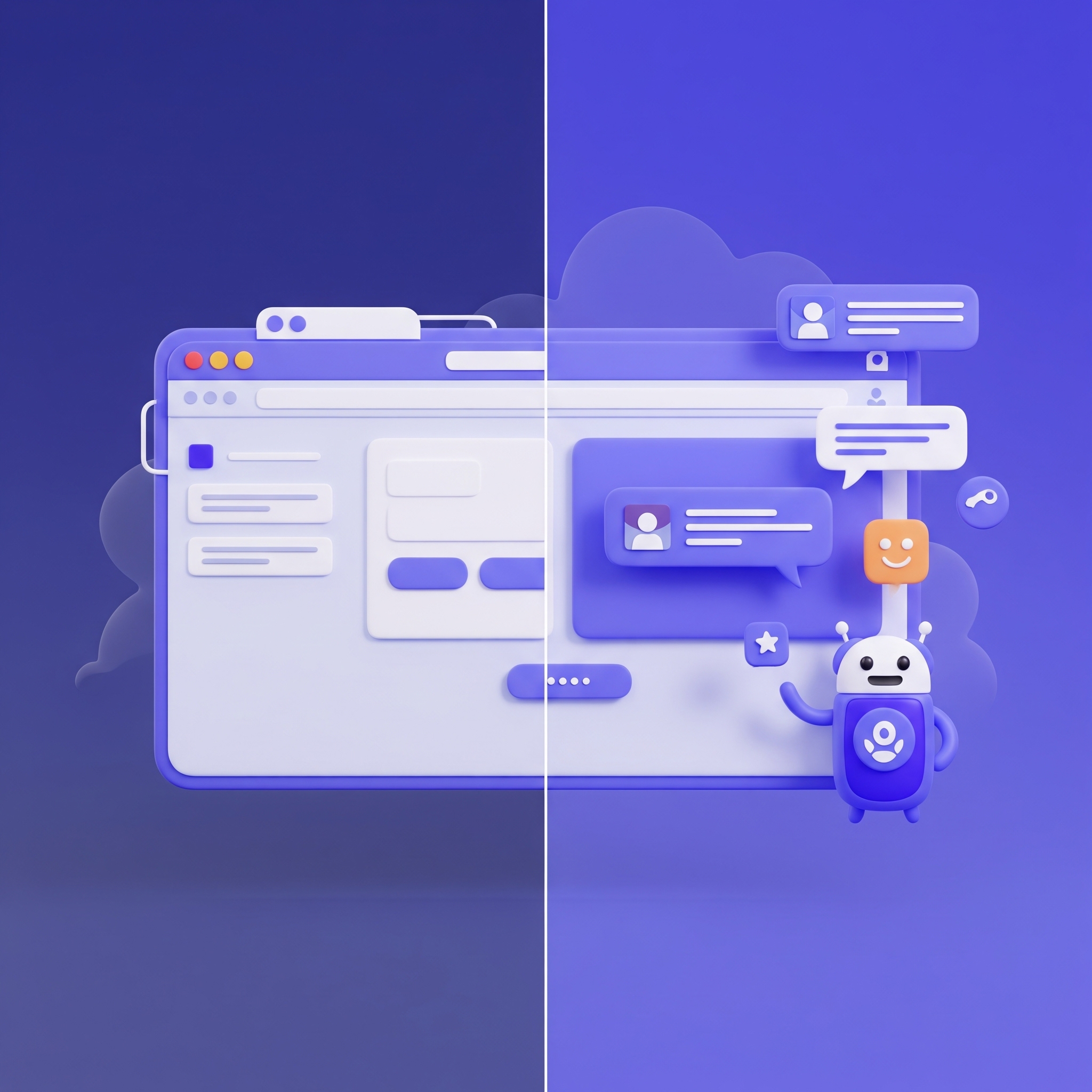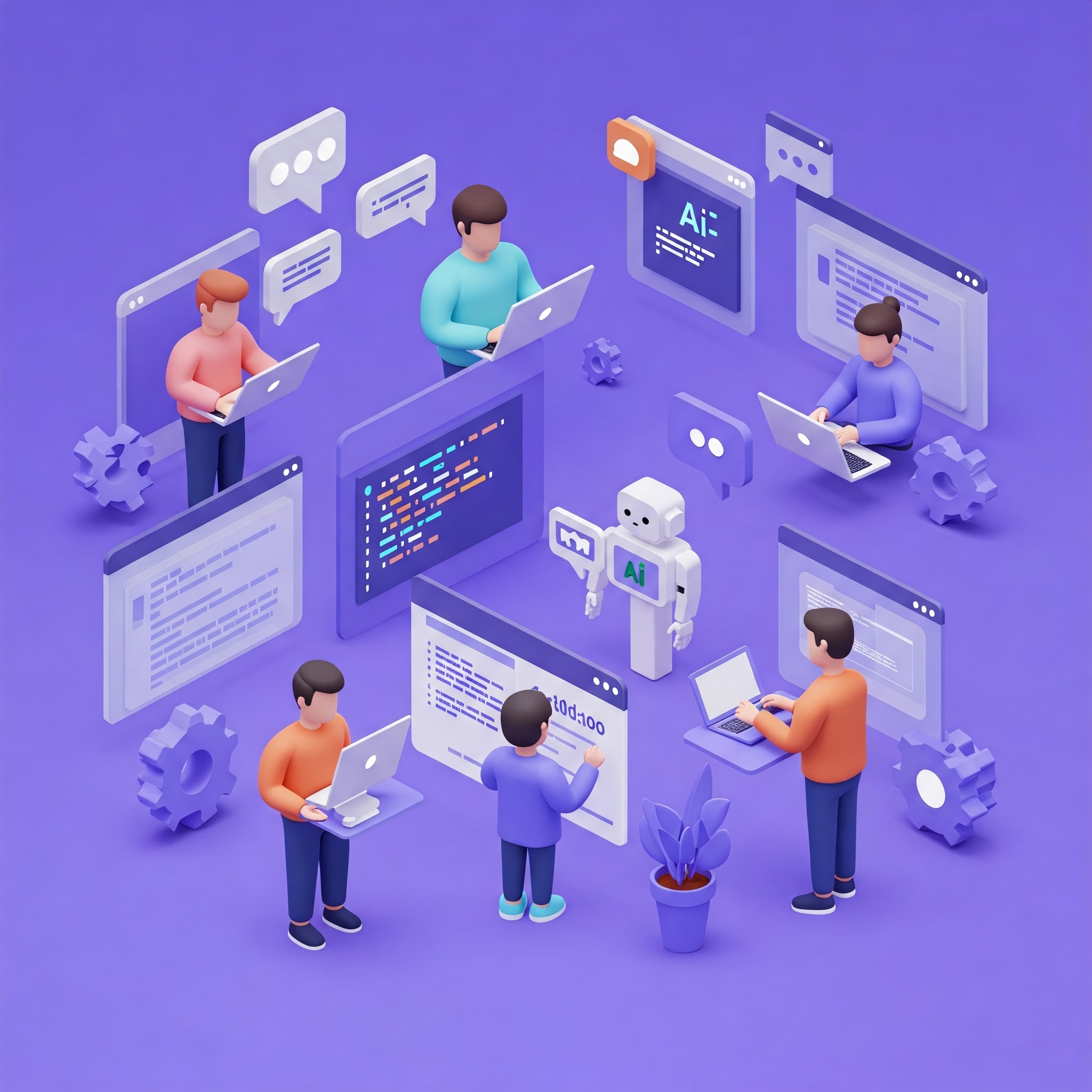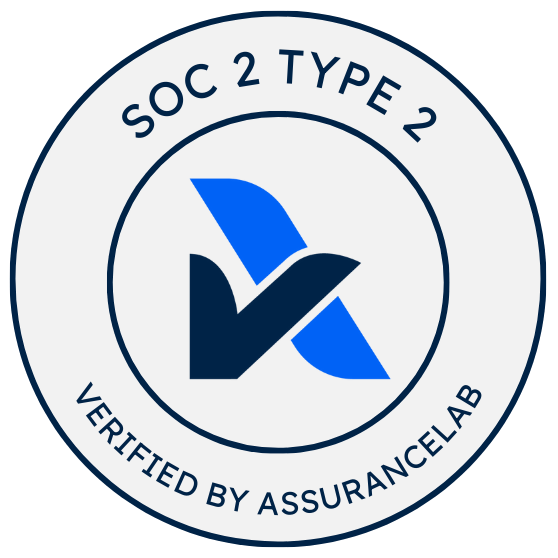
Fine‑Tuning vs Prompt Engineering: Which One Actually Saves You Money?
It's the dilemma haunting every AI team: Do we keep hacking prompts, or bite the bullet and fine-tune? Your answer could make or break your project's budget, performance, and launch timeline.

In 2025, both approaches are more accessible and more confusing than ever. This post breaks down:
- Cost and performance trade-offs
- When each approach works best
- A quick decision tree
- Common mistakes to avoid
What’s the Actual Difference?
-
Prompt Engineering means crafting smarter prompts, adding few-shot examples, system instructions, or using retrieval-augmented generation (RAG). The model stays frozen.
-
Fine-Tuning trains the model further using labeled data, adapting it to your specific domain or task.
Both can yield great results. But which one fits your use case?
Cost & Time Comparison
| Factor | Prompt Engineering | Fine-Tuning |
|---|---|---|
| Upfront Cost | None | $3K–$20K+ for training (OpenAI) |
| Iteration Speed | Fast – hours or days | Slow – 2–6 weeks |
| Per-Query Cost | Higher if using GPT-4 | Lower if you switch to smaller models (Anthropic) |
| Required Expertise | Anyone can do it | Requires ML tooling + labeled data |
Tip: For <100K queries or early-stage prototypes, stick to prompting. For high-volume tasks, fine-tuning often pays off long-term.
Accuracy & Control
-
Prompt Engineering is flexible but fragile. Small changes in input can lead to wildly different outputs.
-
Fine-Tuning is ideal for repetitive, structured, or compliance-sensitive tasks where reliability is key.
Use prompt engineering when you’re still exploring use cases. Fine-tune when you’ve nailed down exactly what you want the model to do.
When to Use What (2025 Decision Tree)
Use Prompt Engineering if:
- You don’t have labeled data
- Your app handles flexible, multi-domain tasks
- You want to iterate quickly
- You’re using RAG for retrieval
Use Fine-Tuning if:
- Your use case is narrow, stable, and high-volume
- You need structured outputs (e.g. JSON, classifications)
- You want lower latency and cost at scale
- You already have 5K–50K+ labeled examples (Google Cloud)
Quick Cost Example
Let’s say you’re building a customer support chatbot:
| Team | Approach | Monthly Queries | Cost |
|---|---|---|---|
| A | GPT‑4 + RAG | 50K | ~$1,500 (OpenAI pricing) |
| B | Fine-Tuned GPT‑3.5 | 50K | ~$250 (plus ~$12K training) |
Break-even: ~9 months, assuming stable volume
Prompting wins for early-stage speed
Fine-tuning wins for long-term control + savings
Common Mistakes
-
Fine-tuning too early
Teams jump in without even knowing what “good” output looks like.
Start with prompting. Tune only once you’ve validated the task. -
Prompting for highly structured tasks
Long, brittle prompts with formatting rules tend to break.
If you need predictable JSON, go fine-tuned. -
Forgetting hybrid models
Most teams in 2025 now combine:-
Prompting for general instructions
-
Fine-tuned models for core logic
-
RAG for external context (Mistral blog)
-
TL;DR
-
Prompt Engineering: Fast, cheap, flexible, but brittle.
-
Fine-Tuning: Expensive upfront but reliable and scalable.
-
Hybrid: Most production systems now use both.
Start with prompts.
Fine-tune when things stabilize.
Mix both if you’re scaling.
If you’re thinking about how AI fits into everyday developer workflows, that’s something we’re working on at PullFlow too: making code reviews faster, more collaborative, and easier to manage across teams.
Learn more at PullFlow.com


